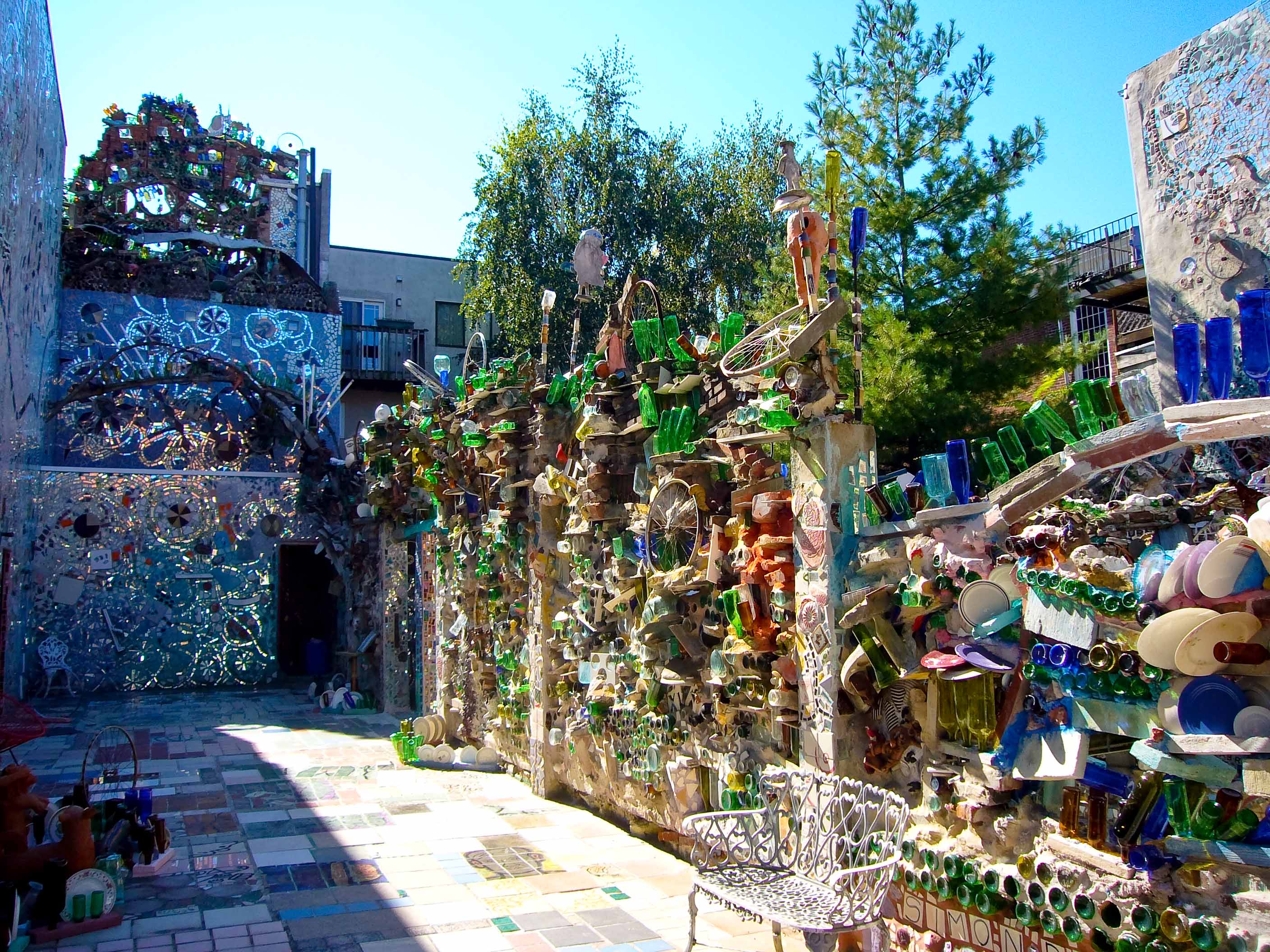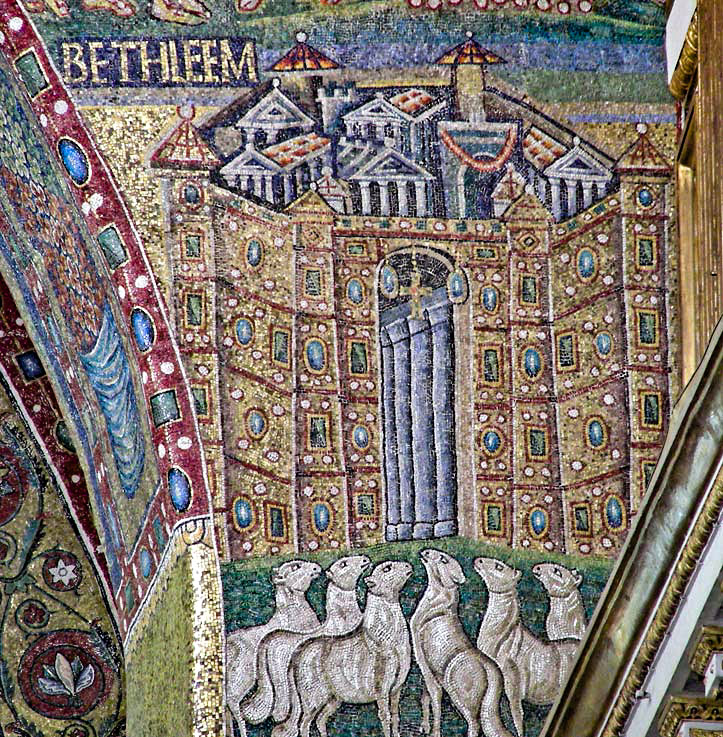|
Glass Mosaic
In Myanmar culture, glass mosaic () is a traditional form of glasswork where pieces of glass are used to embellish decorative art, structures, and furniture. Glass mosaic is typically divided into two subcategories, ''hman gyan si'' () and ''hman nu si'' (). The former is typically used to decorate the walls and ceilings of pagodas, while the latter is used to embellish furniture and accessories. The art form originated in the 1500s during the Nyaungyan era. Glass mosaic is often studded with gems and semi-precious stones. History Glass mosaic is a traditional Burmese mosaic made with pieces of glass, used to embellish decorative art, structures, and furniture. Glass mosaic is typically divided into two subcategories, ''hman gyan si'' () and ''hman nu si'' (). The former is typically used to decorate the walls and ceilings of pagodas, while the latter is used to embellish furniture and accessories. The art form originated in the 1500s during the Nyaungyan era. Glass mosaic is of ... [...More Info...] [...Related Items...] OR: [Wikipedia] [Google] [Baidu] |
Shwedagon Well
The Shwedagon Pagoda (, ; ), officially named ''Shwedagon Zedi Daw'' (, , ), and also known as the Great Dagon Pagoda and the Golden Pagoda, is a gilded stupa located in Yangon, Myanmar. The Shwedagon is the most sacred Buddhist pagoda in Myanmar, as it is believed to contain relics of the four previous Buddhas of the present kalpa. These relics include the staff of Kakusandha, the water filter of Koṇāgamana, a piece of the robe of Kassapa, and eight strands of hair from the head of Gautama. Built on the Singuttara Hill, the tall pagoda stood above sea level,The pagoda's pinnacle height (to the tip of its ''hti'') is tall per (UNESCO 2018), and is built on the Singuttara Hill, which is tall per , and tall above sea level per and dominates the Yangon skyline. Yangon's zoning regulations, which cap the maximum height of buildings to above sea level (75% of the pagoda's sea level height), ensure the Shwedagon's prominence in the city's skyline. History Legend h ... [...More Info...] [...Related Items...] OR: [Wikipedia] [Google] [Baidu] |
Mosaic
A mosaic () is a pattern or image made of small regular or irregular pieces of colored stone, glass or ceramic, held in place by plaster/Mortar (masonry), mortar, and covering a surface. Mosaics are often used as floor and wall decoration, and were particularly popular in the Ancient Rome, Ancient Roman world. Mosaic today includes not just murals and pavements, but also artwork, hobby crafts, and industrial and construction forms. Mosaics have a long history, starting in Mesopotamia in the 3rd millennium BC. Pebble mosaics were made in Tiryns in Mycenean civilisation, Mycenean Greece; mosaics with patterns and pictures became widespread in classical times, both in Ancient Greece and Ancient Rome. Early Christian basilicas from the 4th century onwards were decorated with wall and ceiling mosaics. Mosaic art flourished in the Byzantine Empire from the 6th to the 15th centuries; that tradition was adopted by the Norman dynasty, Norman Kingdom of Sicily in the 12th century, by th ... [...More Info...] [...Related Items...] OR: [Wikipedia] [Google] [Baidu] |
Glass
Glass is an amorphous (non-crystalline solid, non-crystalline) solid. Because it is often transparency and translucency, transparent and chemically inert, glass has found widespread practical, technological, and decorative use in window panes, tableware, and optics. Some common objects made of glass are named after the material, e.g., a Tumbler (glass), "glass" for drinking, "glasses" for vision correction, and a "magnifying glass". Glass is most often formed by rapid cooling (quenching) of the Melting, molten form. Some glasses such as volcanic glass are naturally occurring, and obsidian has been used to make arrowheads and knives since the Stone Age. Archaeological evidence suggests glassmaking dates back to at least 3600 BC in Mesopotamia, Ancient Egypt, Egypt, or Syria. The earliest known glass objects were beads, perhaps created accidentally during metalworking or the production of faience, which is a form of pottery using lead glazes. Due to its ease of formability int ... [...More Info...] [...Related Items...] OR: [Wikipedia] [Google] [Baidu] |
Decorative Art
] The decorative arts are arts or crafts whose aim is the design and manufacture of objects that are both Beauty, beautiful and functional. This includes most of the objects for the interiors of buildings, as well as interior design, but typically excludes architecture. Ceramic art, metalwork, furniture, jewellery, fashion, various forms of the textile arts and List of glassware, glassware are major groupings. Applied arts largely overlap with the decorative arts, and in modern parlance they are both often placed under the umbrella category of design. The decorative arts are often categorized in distinction to the "fine arts", namely painting, drawing, photography, and large-scale sculpture, which generally produce objects solely for their aesthetics, aesthetic quality and capacity to stimulate the intellect. Distinction from the fine arts The distinction between the decorative and fine arts essentially arose from the post-renaissance art of the West, where the distinction is f ... [...More Info...] [...Related Items...] OR: [Wikipedia] [Google] [Baidu] |
National Museum Of Myanmar
The National Museum of Myanmar (Yangon), (), located in Dagon Township, Dagon, Yangon, is the major one of the two national museums for Burma, Burmese art, history and culture in Myanmar. Founded in 1952, the five-storey museum has an extensive collection of ancient artifacts, ornaments, work of art, inscriptions and historic memorabilia, related to history, culture and civilization of Burmese people. The main attraction of the museum is the only surviving original The Lion Throne of Myanmar, Lion Throne of the Burmese monarchs. There are more than 4000 permanent objects in the museum. Public museums in Myanmar are administered by the Ministry of Religious Affairs and Culture and can be classified as national museums, archaeological museums, regional cultural museums, and memorial museums. Furthermore, other kinds of museum are appearing under other ministries, like the Defense Services Museum in the capital Naypyidaw, or in the private sector. The museum is open from 9:30 am to 4 ... [...More Info...] [...Related Items...] OR: [Wikipedia] [Google] [Baidu] |
Isaiah Zagar
Isaiah Zagar (born 1939) is an American mosaic artist based in Philadelphia. He is notable for his murals, primarily in or around Philadelphia's South Street (Philadelphia), South Street. Early life Zagar received his Bachelor of Arts from the Pratt Institute in Brooklyn, New York City. Soon after, Zagar met his wife, Julia. After getting married, the Zagars volunteered for the Peace Corps and were sent to Peru, where Isaiah became inspired by Peruvian art, Peruvian folk art. After three years in Peru, the Zagars moved to South Philadelphia in 1968 where they opened the Eyes Gallery, a folk art shop on South Street (Philadelphia), South Street. In December 1968, the Eyes Gallery was the site of Zagar's first mosaic; Zagar mosaiced it as a way to create a folk art environment for the art they were selling. Works Philadelphia's Magic Gardens, Zagar's largest South Street mosaic work, is a three-dimensional, immersive piece of installation art and a museum gallery space. The mosai ... [...More Info...] [...Related Items...] OR: [Wikipedia] [Google] [Baidu] |
Boris Anrep
Boris Vasilyevich Anrep (; – 7 June 1969) was a Russian artist, active in Britain, who devoted himself to the art of mosaic. In Britain, he is known for his monumental mosaics at the National Gallery, London, Westminster Cathedral and the Bank of England. Being close to the Bloomsbury Group, he was a noticeable figure in London social and intellectual life from 1912 up to the mid-1960s. In Ireland, he is known for his mosaics at Christ the King Cathedral, Mullingar. In Russia, he is associated with the Silver Age of Russian Poetry as the addressee of many beautiful poems by Anna Akhmatova, including her ''Tale of the Black Ring''. Anrep was also friendly with Nikolai Gumilev, an outstanding poet and Akhmatova's husband, and Nikolay Nedobrovo, a talented critic, two prominent figures of the 1910s in Saint Petersburg. __TOC__ Life and works The Anrep family, originally from Westphalia, belonged to Swedish and Russian nobility and numbered a few renowned army officers i ... [...More Info...] [...Related Items...] OR: [Wikipedia] [Google] [Baidu] |
Miksa Róth
Miksa Róth (26 December 1865 Р14 June 1944) was a Hungarian mosaicist and stained glass artist responsible for making mosaic and stained glass prominent art forms in Hungarian art. In part, Róth was inspired by the work of Pre-Raphaelite artists Edward Burne-Jones and William Morris. Róth apprenticed at his father, Zsigmond Róth's leaded stained glass studio. Starting a business in 1885, he would make commissions for a number of buildings, largely in Budapest, including the Hungarian Parliament Building and the Buda Castle Buda Castle (, ), formerly also called the Royal Palace () and the Royal Castle (, ), is the historical castle and palace complex of the King of Hungary, Hungarian kings in Budapest. First completed in 1265, the Baroque architecture, Baroque pa .... Róth also received a number of commissions outside the country as well, for example the National Theatre of Mexico. Róth started his first workshop in 1885, but he didn't become famous until te ... [...More Info...] [...Related Items...] OR: [Wikipedia] [Google] [Baidu] |
Mosaic
A mosaic () is a pattern or image made of small regular or irregular pieces of colored stone, glass or ceramic, held in place by plaster/Mortar (masonry), mortar, and covering a surface. Mosaics are often used as floor and wall decoration, and were particularly popular in the Ancient Rome, Ancient Roman world. Mosaic today includes not just murals and pavements, but also artwork, hobby crafts, and industrial and construction forms. Mosaics have a long history, starting in Mesopotamia in the 3rd millennium BC. Pebble mosaics were made in Tiryns in Mycenean civilisation, Mycenean Greece; mosaics with patterns and pictures became widespread in classical times, both in Ancient Greece and Ancient Rome. Early Christian basilicas from the 4th century onwards were decorated with wall and ceiling mosaics. Mosaic art flourished in the Byzantine Empire from the 6th to the 15th centuries; that tradition was adopted by the Norman dynasty, Norman Kingdom of Sicily in the 12th century, by th ... [...More Info...] [...Related Items...] OR: [Wikipedia] [Google] [Baidu] |
Art Of Myanmar
Art of Myanmar refers to visual art created in Myanmar (Burma). Ancient Burmese art was influenced by India and China, and was often religious in nature, ranging from Hindu sculptures in the Thaton Kingdom to Theravada Buddhist images in the Sri Ksetra Kingdom. The Bagan period saw significant developments in many art forms from wall paintings and sculptures to stucco and wood carving. After a dearth of surviving art between the 14th and 16th century, artists created paintings and sculptures that reflect the Burmese culture. Burmese artists have been subjected to government interference and censorship, hindering the development of art in Myanmar. Burmese art reflects the central Buddhist elements including the mudra, Jataka tales, the pagoda, and Bodhisattva. Throughout Burmese history, religious art or the royal court were the source virtually all of Myanmar's visual arts. Pyu and Mon period Trade with India during the Pyu period brought deep cultural contacts heavily influe ... [...More Info...] [...Related Items...] OR: [Wikipedia] [Google] [Baidu] |
Tiffany Glass And Decorating Company
Louis Comfort Tiffany (February 18, 1848 – January 17, 1933) was an American artist and designer who worked in the decorative arts and is best known for his work in stained glass. He is associated with the art nouveauLander, David"The Buyable Past: Quezal Glass" '' American Heritage'' (April/May 2006) and aesthetic art movements. He was affiliated with a prestigious collaborative of designers known as the Associated Artists, which included Lockwood de Forest, Candace Wheeler, and Samuel Colman. Tiffany designed stained glass windows and lamps, glass mosaics, blown glass, ceramics, jewelry, enamels, and metalwork. He was the first design director at his family company, Tiffany & Co., founded by his father Charles Lewis Tiffany. Early life and education Tiffany was born in New York City, the son of Charles Lewis Tiffany, founder of Tiffany and Company, and Harriet Olivia Avery Young. He attended school at Pennsylvania Military Academy in Chester, Pennsylvania, and Eagles ... [...More Info...] [...Related Items...] OR: [Wikipedia] [Google] [Baidu] |
Āina-kāri
''Ayeneh-kari'' () is a kind of Iranian interior decoration where artists assemble finely cut mirrors together in geometric, calligraphic or foliage forms (inspired by flowers and other plants). This creates a beautiful shining surface covered with complex facets, reflecting light as intricate abstract patterns or glittering reflections. Beside their decorative use, this art form is used as a strong durable cover for interior spaces. This type of mosaic work is commonly done in Iran, Pakistan and is also found is Mughal era buildings of India. Etymology The word Ayeneh-kari is a Persian language, Persian compound word, composed of the words ayeneh and kari. Ayeneh means mirror. Kari means to do or place something onto something else. Together, the word Ayeneh-kari means mirror-work. History In ancient Iranian cultures, water and mirrors symbolised purity, light and truthfulness, and their use in Iranian architecture also has the same meaning and comes from the same concept. ... [...More Info...] [...Related Items...] OR: [Wikipedia] [Google] [Baidu] |







